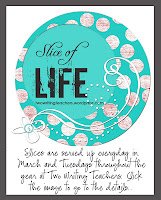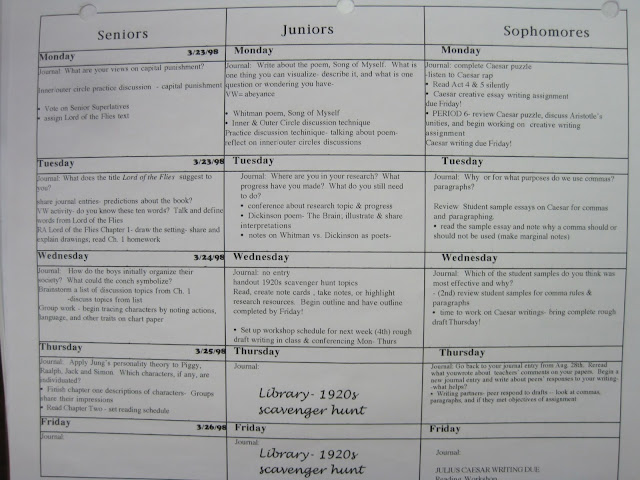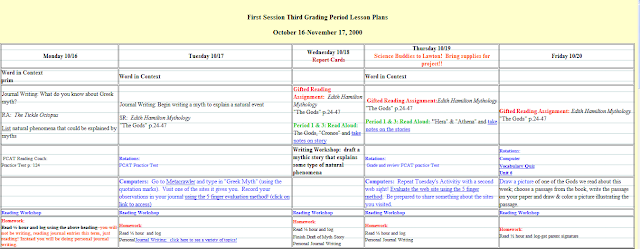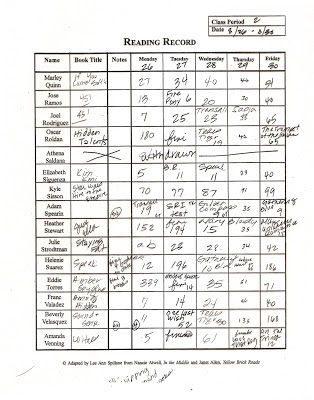Lift, grab, raise, twist, reach, push, pull, grasp, extend.
We hold children and books husbands or lovers, we hold bags and groceries, dogs or cats, our parents' hands and friends' hearts we hold plates, carry laundry,
lift luggage, sort bills, shift pantry shelves, We chop, cook, slice, bake, julienne, serve.
We women carry our weight
The night before I
filled the pot with water,
poured it into the coffee maker,
set a good morning to brew.
Morning made
Before the sun I wake
Stretch, roll over
Push up and out of bed
Pour a cup of coffee
Home roast, earthy and hot
Hold the mug in one hand
Cradle the moment
Set the hot cup on a counter
Take out a fresh l
oaf of bread
Hold it down with my left hand
Slice with the right
Toaster oven activate
Turn the knob
Set the timer
Reach for a plate
Close the cupboard door
Wash the knife
Open the fridge or pantry door
Grab the jar
Loosen the lid: Peanut butter or blueberry preserves?
Simple dilemmas
Ding! The toast is done.
Turn off the timer
Scootch the toast out onto a plate
Spread the jam
To the table carrying my bread and cup
Devote myself to the day
Ready to come clean
Daily hygeine routine
Pull the shower curtain aside
Grab the faucet handle
Turn to hot
Close the curtain
Circle in steam
Lather up in water's warmth
Shower, shave, step out
Twist the towel atop my head
Sunscreen swish the face powder
Swirl of blush
Line the eyes pencil held still
Swipe mascara over top lashes
Decide on hair: curly or straight?
Blow dry for straight
Lift dryer left and roll round brush right
Smooth, hot iron
Get dressed
Step in to pants, a skirt, a dress
wrap, tie, zip, button, hook.
put arms into a blouse or pull a sweater over head
Slide on socks or knee-highs or wrestle dreaded hose
then slip into shoes
Dressed
Gather the day's goods:
book bag, lunch, briefcase, to-go mug
Roll out to the the in the dark-parked wagon
Juggle keys in hand
Press a button
Lift the hatch, open the trunk
Hold the briefcase wheels aloft
heave with both hands around straps
the work carried home and back
settle it into the cargo space
Packed
open the driver's door slide in to sit while setting a mug
in the cup holder, purse on the passenger's seat
Button the garage closed,
turn the key and head off to school.

* * *
It seems so simple, my morning routine, such a small part of many long days. The time from waking up to driving to school is no more than 90 minutes most days, sometimes less. I drafted this short appreciation on March 10th, ten days before the morning of my shoulder surgery. I've been preparing, my slices and my self. It will be a few months before my right arm will bear even the smallest weight, but already, I'm planning to reach for it.







































